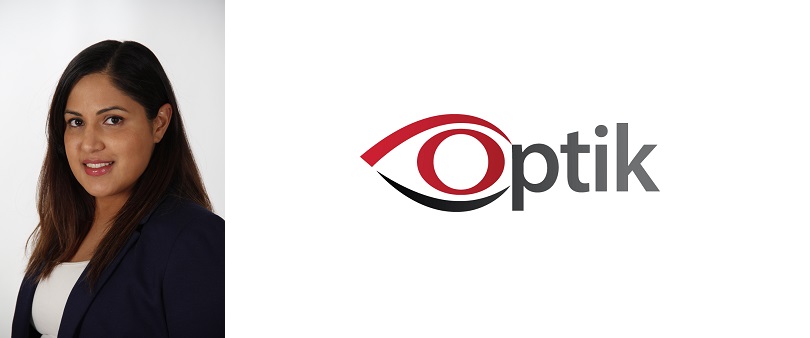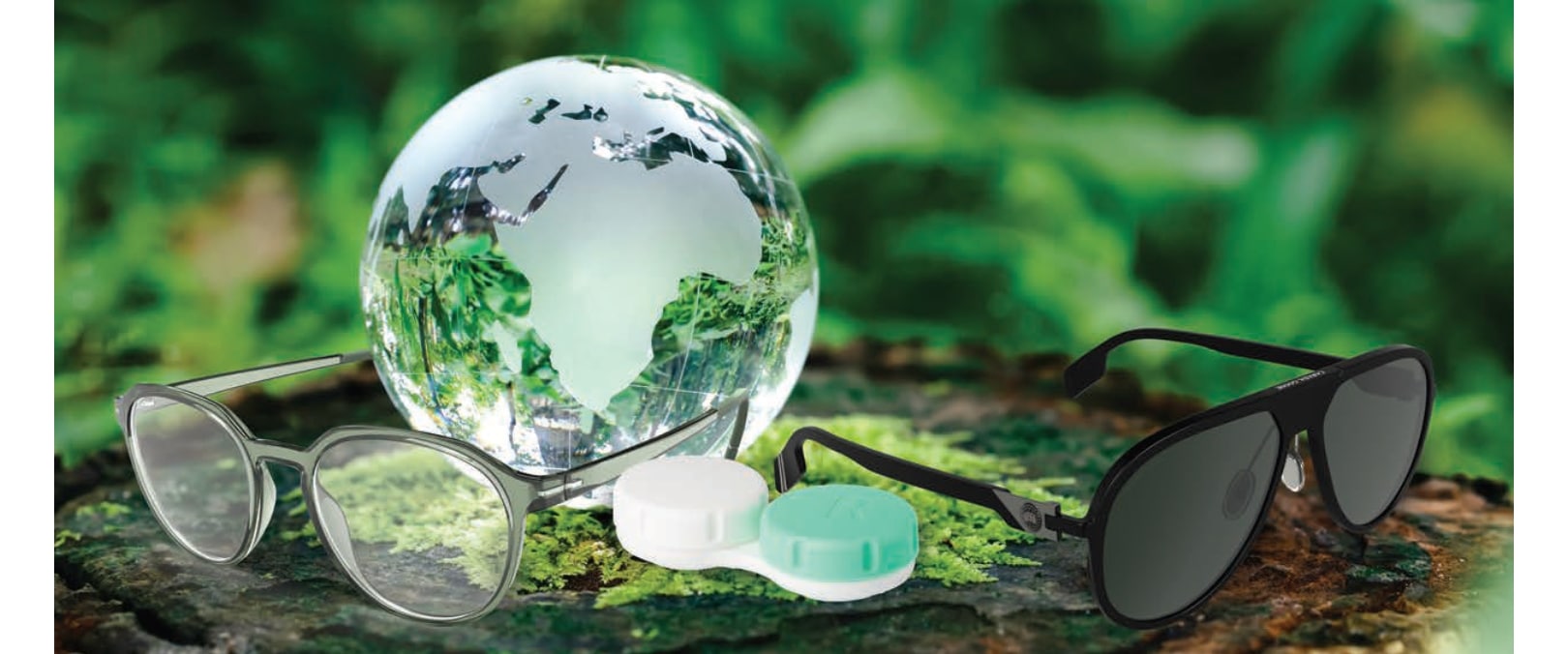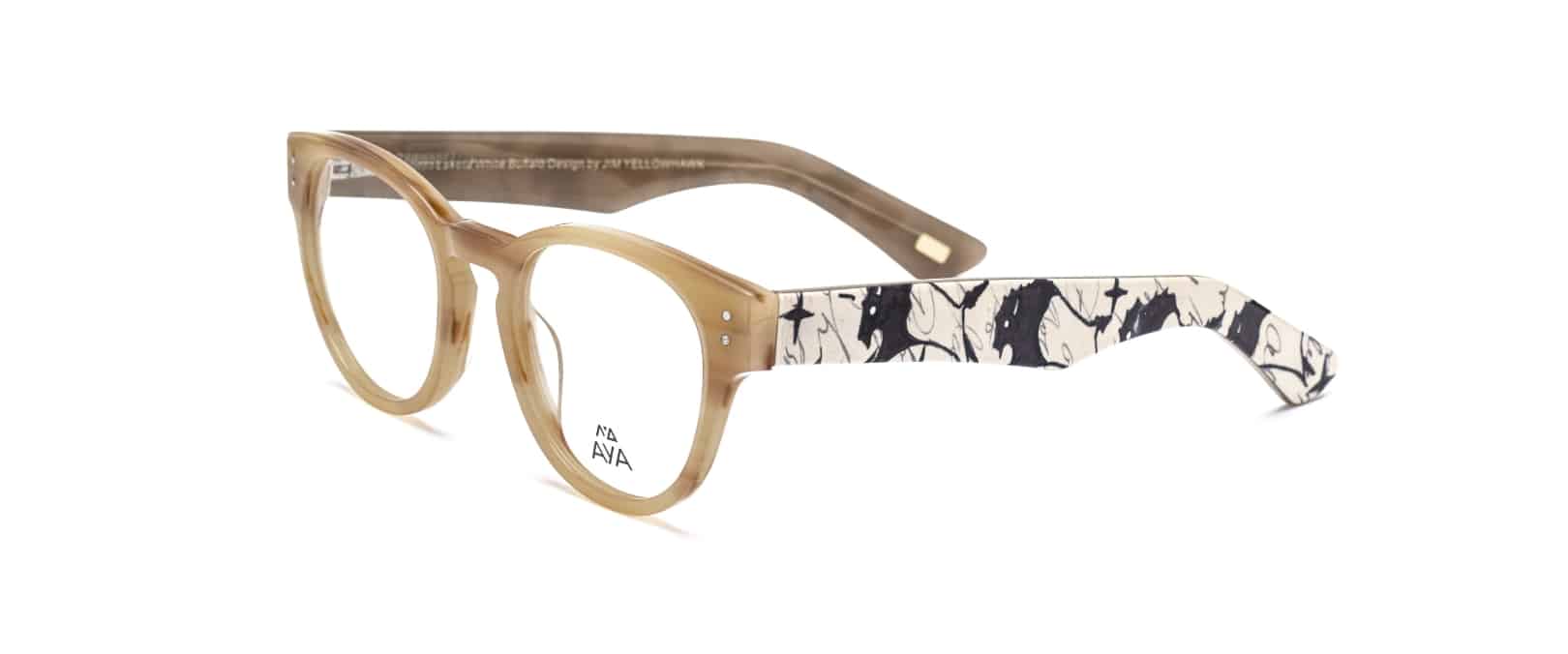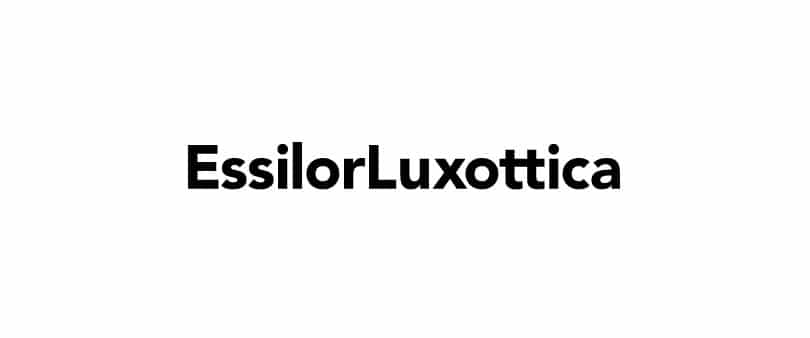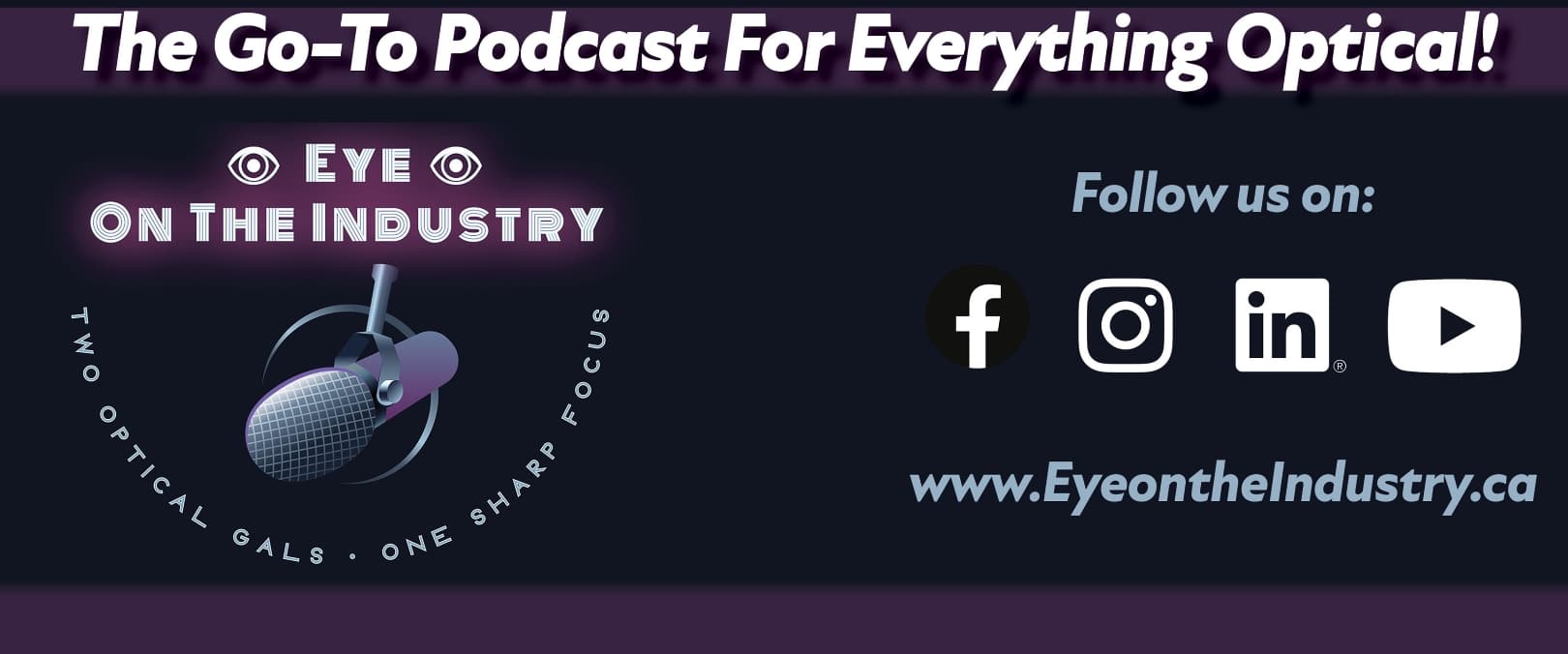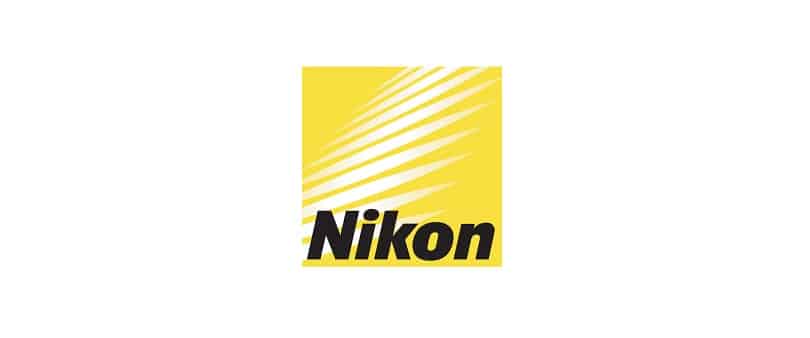Afterthoughts from a GCOMM Attendee
Wednesday, September 4 2019 | 11 h 30 min | Clinical Practice, Optik Magazine
By Raakhee Duggal, BSc, R.O.
GCOMM Myopia Conference attendee, Dr. Navpreet Johar-Mann specializes in fitting contact lenses for complex prescriptions and patients with ocular disease. In her full scope practice, Envision Eye Care in Oakville, Ontario, she does myopia management with ortho-k lenses, atropine eye drops, specialty soft contact lenses and specialty eyeglasses.
Optik spoke to Dr. Johar-Mann about her approach to myopia management and her reflections from the GCOMM conference.
Optik: How do you approach the topic of myopia management with your patients?
Dr. Johar-Mann:
Prior to GCOMM, I would discuss myopia control with the myopic child’s parents on a selective basis if their myopia is progressing faster than I would like. I usually provide follow-up information through an email. I educate them about the consequences of severe myopia and all the treatment options; ortho-k, Atropine drops, multi-focals, soft contacts (MiSight®), and specialty eyeglasses (ZEISS MyoVision™), and I let the parents decide the direction.
I explain to the parents that if their child’s myopia is progressing quickly, he or she is more likely to become a high myope. With high myopia we know the risk of retinal tears and detachments, glaucoma and other retinal pathologies goes up. We need to inform parents and patients about these concerns and offer them potential solutions. Some patients are fine with just corrective glasses, but they are at least making an informed decision.
Optik: For someone who’s thinking about getting into ortho-k, can you share the steps you took to become an ortho-k fitter?
Dr. J.-M.: My situation is a bit unique. I did a residency in specialty contacts. I came out of residency with more experience than the typical optometry graduate because of that extra year of training.
However, I do believe even without a residency anyone begin doing ortho-k. Conferences like the GCOMM, talking to labs and attending workshops by vendors can help one get started.
Optik: What equipment is necessary to get into fitting ortho-k lenses?
Dr. J.-M.: For fitting orthokeratology lenses a topographer is very useful, but it is not necessary. For those without a topographer, one can use a trial lens set, or one can also fit them empirically by giving the lab k readings and refraction.
However, a corneal topography gives much more information to help with a more accurate starting lens. With a topographer, you can take the topography readings and send them to your lab to get a quick custom fit lens. It is also particularly useful when you have to troubleshoot a fitting. A topography at a follow up visit can tell you how to change lens parameters in order to make the fit successful. By having a topographer, you can save chair time. I recommend a topographer, but it’s not required if you are not ready to make the investment.
Optik: Do you think that Ortho-k is crucial to myopia management treatment?
Dr. J.-M.: Is it crucial? No, but I think it’s a very important piece to myopia management. I think you need to offer your patients something you believe in. Some patients choose not to go with ortho-k because of the price point or not feeling comfortable with their child wearing rigid lenses. The other modalities are still better than nothing. I feel that if you don’t do ortho-k, you should still educate your patients that this treatment option is available and give them materials so they can research it.
You can then refer to an optometrist that does fit ortho-k. I get a lot of referrals for hard contacts from other Optometrists because they just don’t do them. I don’t offer vision therapy and if I have a patient with binocular vision issues, I can try treating them with the ways I know but I’m not an expert so I would refer them.
Optik: How will you apply some of the take-aways from GCOMM to your own practice?
Dr. J.-M.: One major take-away is the need to discuss myopia management options with all myopic patients. I feel that it’s a disservice if you don’t at least talk about it with all patients.
Another major take-away is the need for a method to measure axial length. It provides a more objective measurement, and a tool to assess if the treatments are working for the patient.
Some patients may need vision therapy as well because some of their myopia could be accommodative. In order to give patients the best myopia management you also must make sure their binocular vision is adequate.
There are a lot of resources to help you fit ortho-k lenses. There’s the Orthotool™ that will help you design a lens from the topography. There’s also the Brien Holden Myopia Calculator which can show what the patient’s prescription would be if you did nothing compared to treatment.
I gained a lot of valuable information and a great update on research in the field. While I was hoping to gain a specific treatment protocol to use in daily practice it appears that new information is developing so rapidly that it’s not possible to have that level of specificity yet.
It’s clear that you don’t need to be a pro ortho-k fitter to add myopia management to your practice. Even if you are not offering the modalities, you can provide patients with materials, discuss options and ultimately refer them to an optometrist who is well versed in that treatment.
It’s a great time for eye care professionals to educate themselves in myopia management, increase patient care and satisfaction and in turn grow your practice and profits.
Click HERE to read the current issue of Optik Magazine.

